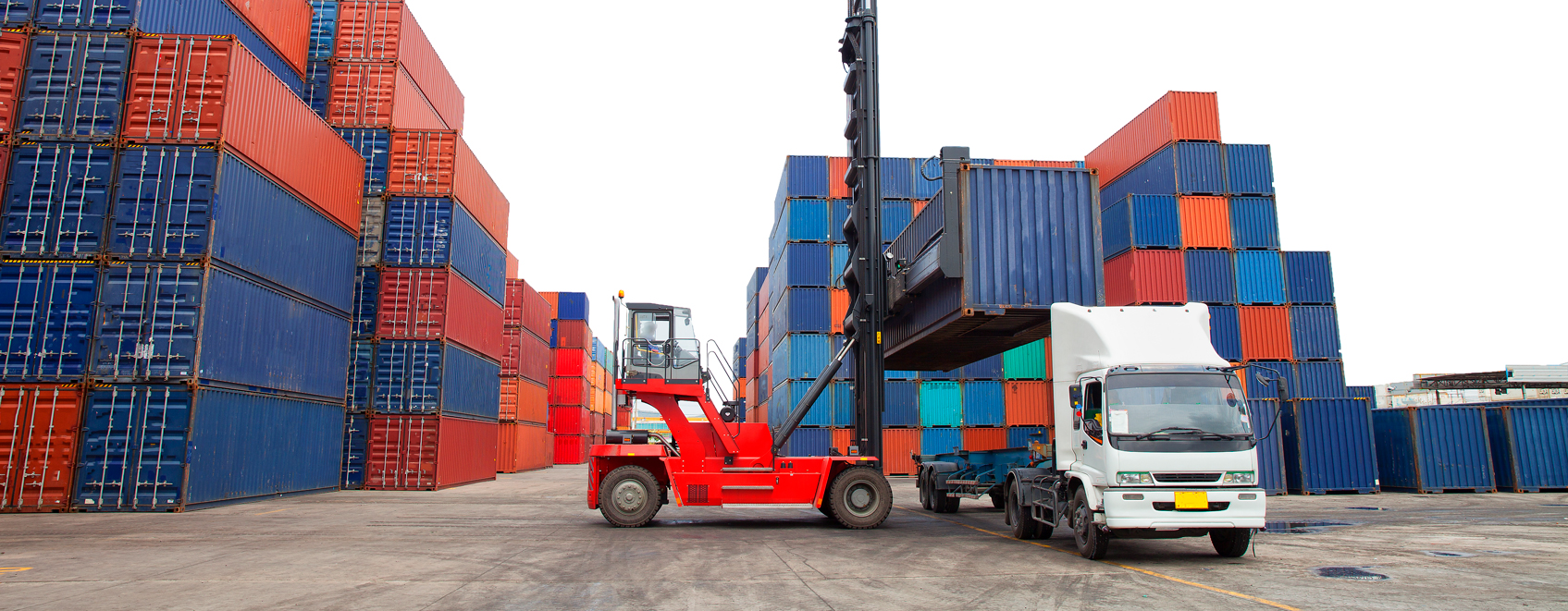5 examples of inland marine insurance coverage

When it comes to business insurance, inland marine is one of the most misunderstood terms from a consumer perspective. That’s partly because of its name and partly because of the wide range of perils it can protect against.
Inland marine insurance is best known for builder's risk coverage or its ability to protect products and equipment in transit, but it’s really much more than that. Inland marine policies can cover everything from equipment and materials on a jobsite to the final installation of the building’s air conditioning system and even jewelry. Coverage can be structured for a specific project and enumerated risks or offer protection from all perils year-round.
Related read: What is inland marine insurance?
You can purchase inland marine coverage through standalone coverage, monoline or as an endorsement to a businessowners policy (called a BOP) — it’s designed specifically for small businesses.
Specific examples of inland marine insurance coverage:
- Rigger’s liability coverage: This is a specific example of inland marine insurance that pertains to contractors. It can cover cargo and equipment while being transported by crane, such as lifting an air conditioning unit onto a roof. A standard general liability policy may not cover this type of risk due to an exclusion. This would be considered an endorsement to a commercial general liability policy.
- Tool and die coverage: Known as a class of machinists in manufacturing, tool and die makers produce specialized tools to produce a custom metal part. Tool and die floater coverage helps protect specialized tooling and molds used in manufacturing. A manufacturer may want this policy when their property is located on the premises of another manufacturer through which they have a contract.
- Installation floaters coverage: This coverage pertains to an inland marine policy that can protect property, typically equipment, being installed by a contractor. This is a unique type of builder’s risk coverage that is often used by contractors.
- Jewelers block coverage: This would be an endorsement to an inland marine policy to help provide coverage for loss or damage to jewelry stock held by retailers, wholesalers, manufacturers and pawn brokers. An example claim could happen in a retail location or a manufacturing facility holding stock before shipping it out to a wholesaler. If you deal in jewelry stock, you’ll want to learn more about jewelers block insurance.
- Accounts receivable coverage: This specialized endorsement helps to cover losses caused by damage to accounts receivable records. It can come in handy if such an event occurs, plus it can provide peace of mind.
What does inland marine insurance not cover?
While inland marine policies have expanded their scope greatly since their introduction, they still don’t cover every risk faced by your business. Common exclusions include:
- Company vehicles.
- Neglect or intentional damage.
- Improperly packed items during transit.
- Bodily injury or damages to property (that’s covered by your commercial liability).
It’s also important to distinguish between policies that cover only specific perils enumerated in the policy, such as named perils coverage, and those that cover everything not specifically excluded, all risk, or open perils coverage.
Common perils covered by an inland marine policy include theft, fire, wind, hail and water damage. Some policies may also include coverage for “mysterious disappearances” and accidental drops.
How is inland marine coverage sold?
This largely depends on the insurer and your needs as a company. If your business is performing a one-off or one-time project, you may want to consider a short-term policy (assuming your insurer offers it). If your business’ primary function is transportation or equipment installation, however, you’ll want to work with your agent to obtain comprehensive, ongoing protection. Depending on your needs, you may be able to find lower premiums by purchasing a named perils coverage. The biggest determinant of your inland marine policy rates, as with most insurance coverage, is the value of the items being protected.What if I need a policy that exceeds my coverage limits?
You may be able to secure an endorsement from your insurer to cover the additional gap in value. This extra cost is typically passed onto the policyholder.
If you still have questions about inland marine insurance, reach out to a UFG agent today to talk about your options. They can help tailor a policy or endorsement to cover your business today.

